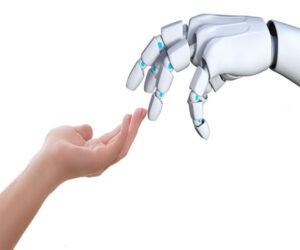Computer Vision (CV) has evolved rapidly in recent years and now permeates many areas of our daily life. To the average person, it might seem like a new and exciting innovation, but this isn’t the case.
CV has actually been evolving for decades, with studies in the 1970s forming the early foundations for many of the algorithms in use today. Then, around 10 years ago, a new technique still in theory development appeared on the scene: Deep learning, a form of AI that utilizes neural networks to solve incredibly complex problems — if you have the data and computational power for it.
As deep learning continued to develop, it became clear that it could solve certain CV problems extremely well. Challenges like object detection and classification were especially ripe for the deep learning treatment. At this point, a distinction began to form between “classical” CV which relied on engineers’ ability to formulate and solve mathematical problems, and deep learning-based CV.
Deep learning didn’t render classical CV obsolete; both continued to evolve, shedding new light on what challenges are best solved through big data and what should continue to be solved with mathematical and geometric algorithms.
Source:VentureBeat




